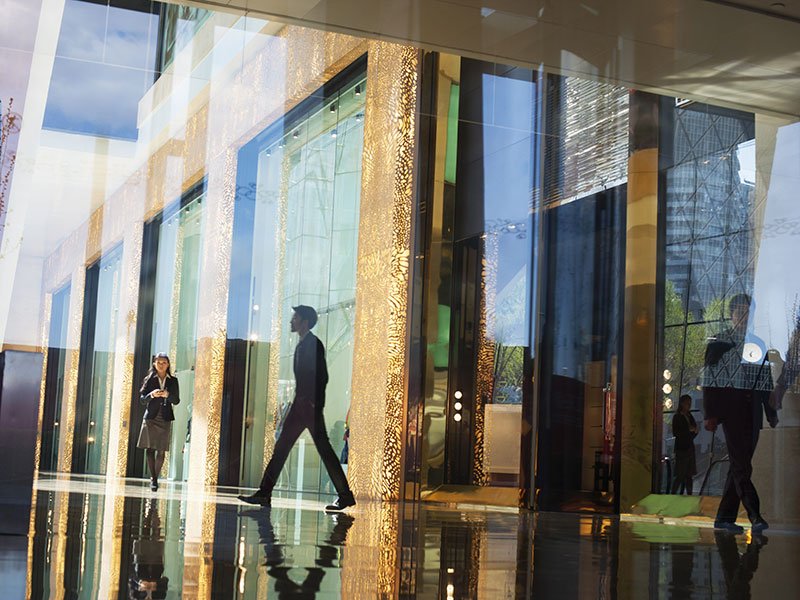Australia’s commercial office sector has undergone a significant shift since the start of the pandemic.
Although life has returned mostly back to normal on the surface, the lingering effects of COVID can be most clearly seen in the low office occupancy numbers across the country.
Recent data from Property Council Australia shows in Sydney and Melbourne, occupancy has remained at around the 40 – 60 per cent mark for the past five months.
While established companies are supporting their teams with hybrid working arrangements, many startups are looking beyond the traditional office model altogether, either opting into a co-working space or a ‘digital office’ where all employees have the choice to work from their main office, third spaces or home office.

While some property companies see this as an obstacle, what it really presents is an opportunity to change the way we look at the office product.
Landlords are responding to the current flexible working climate through spec suites or full service leasing focused on enhancing the tenant experience to attract end users back to the office and in the longer term to offer a seamless plug-and-play proposition across a network of locations.
Technology is the key to future-proof the office, where it can help drive down operational costs, while also elevating office assets to drive top-line revenue.
As business models get more complex and as employees increasingly go paperless and deskless, landlords require a new approach and need to provide competitive superior technology offering that not only facilitates, but elevates the work environment for a tech-savvy, flexibility-loving generation of Australian office workers.
As an example, enterprise-grade secure connectivity is the number one utility required to do modern work, yet most landlords do not view it as part of their base building offering. This represents a disconnect from the product that is actually being provided and what is needed.
This gap is clearly evident from our latest report, which reveals more than 2 in 5 (41 per cent) Australian office workers feel simple tasks take too long in the office due to the standard of their in-office technology.
This is particularly true among Millennials and Generation Z, where more than 90 per cent of workers experience a gap between the technology currently offered in their office and what’s needed to do their jobs effectively.
People want the ability to work from anywhere, but maintain that same level of frictionless connectivity and seamless access to their laptop, communities and workspaces. This keeps office workers in a captive environment across a portfolio of sites.
To meet this demand creates a new operational burden for landlords. Modern technology, such as portfolio-wide digital experiences and seamless connectivity across a network of sites, requires a secure and automated network solution that can help simplify and reduce this burden.
For the office asset class to have long term product relevance, it is critical for strong investment in digital infrastructure and tools to manage offices ready for the next generation workforce.
Eric Schaffer is the APAC chief executive of commercial real estate technology company Essensys
Do you know more? Contact James Riley via Email.
